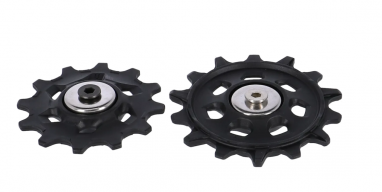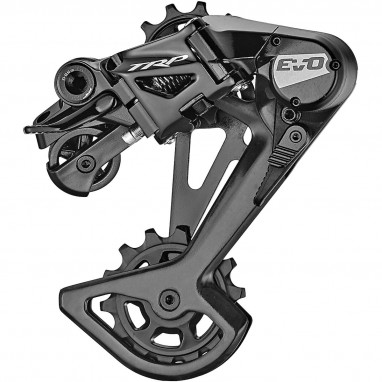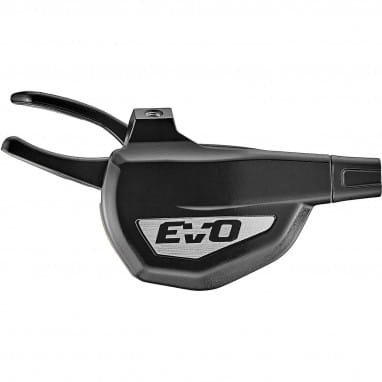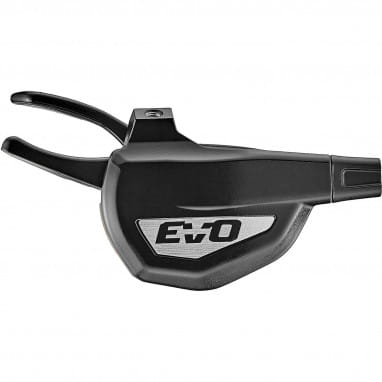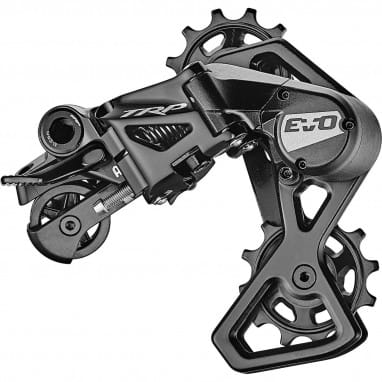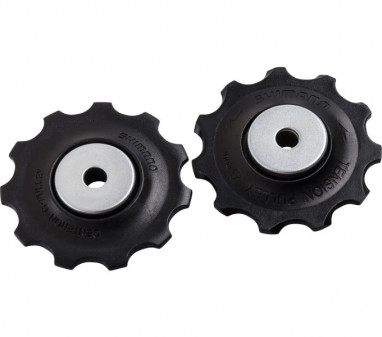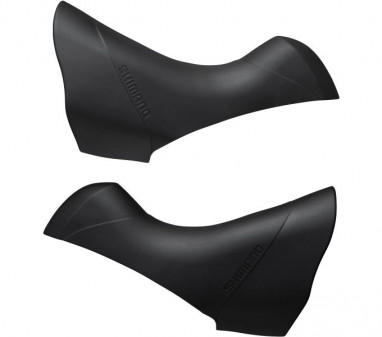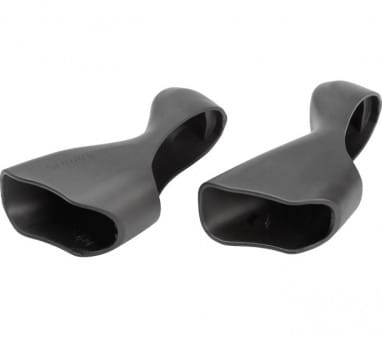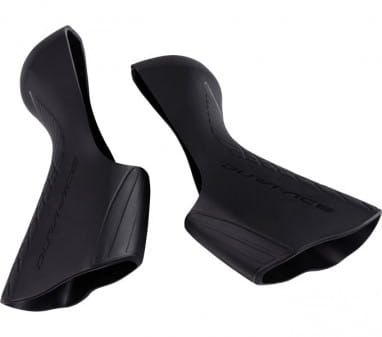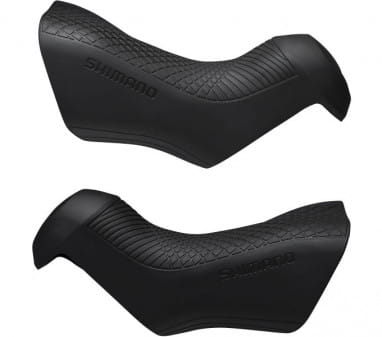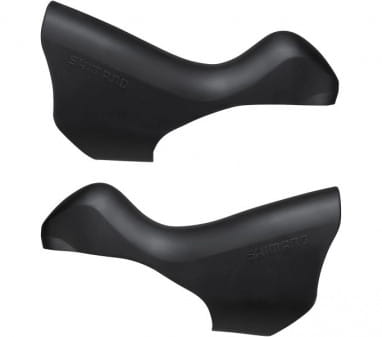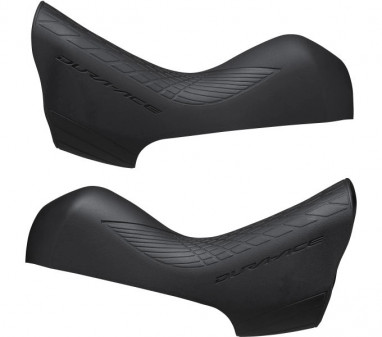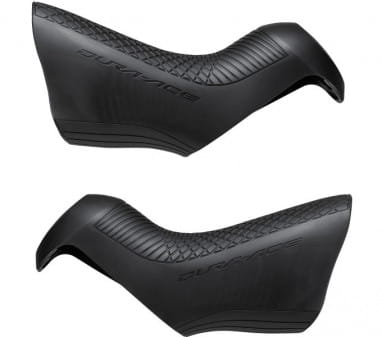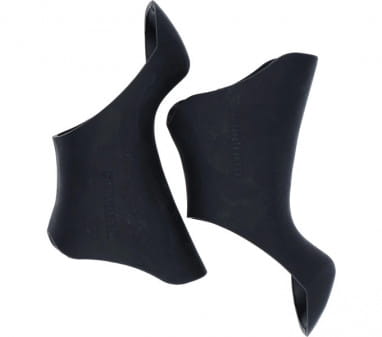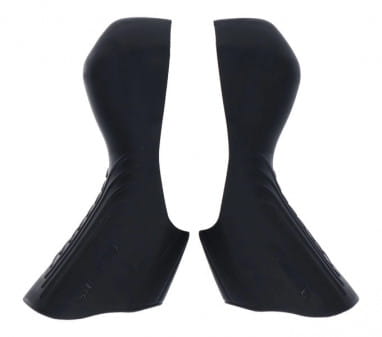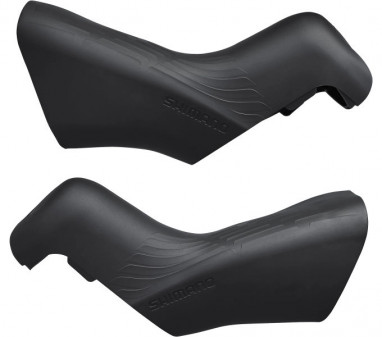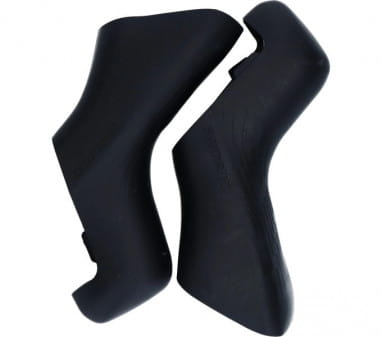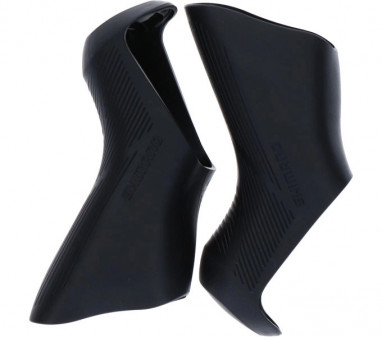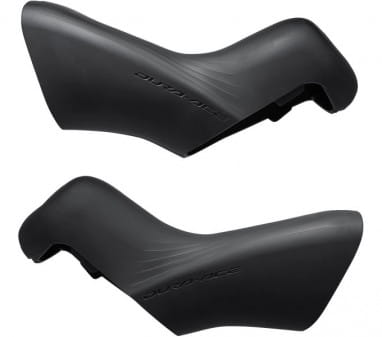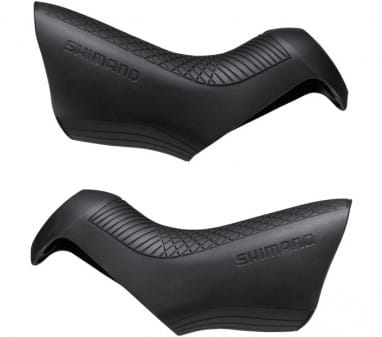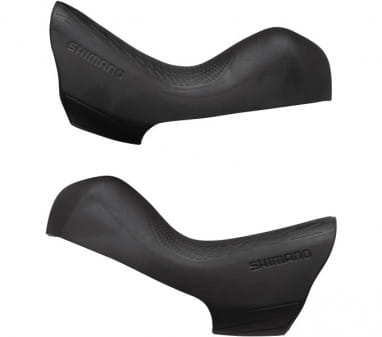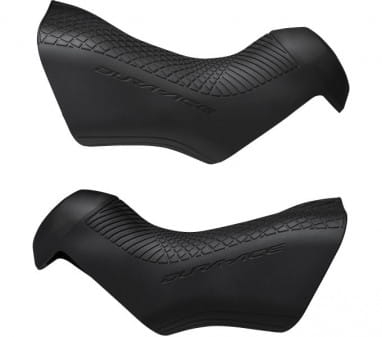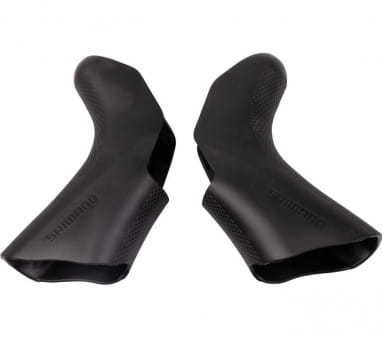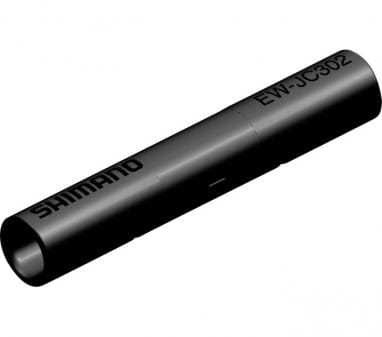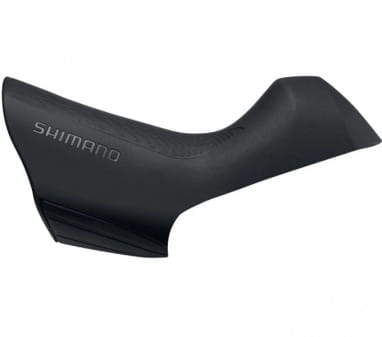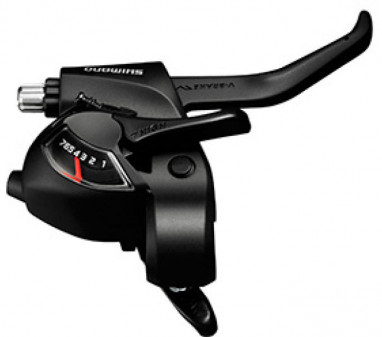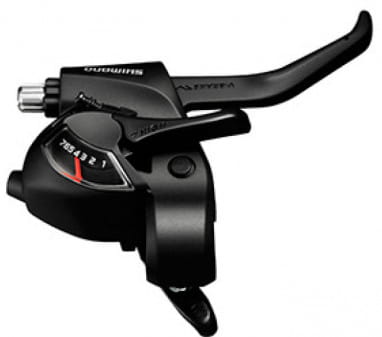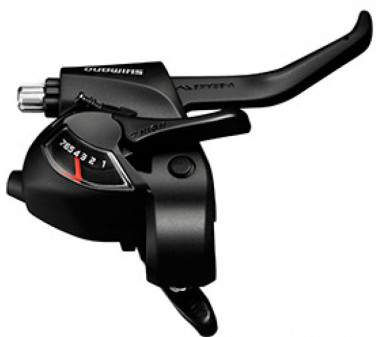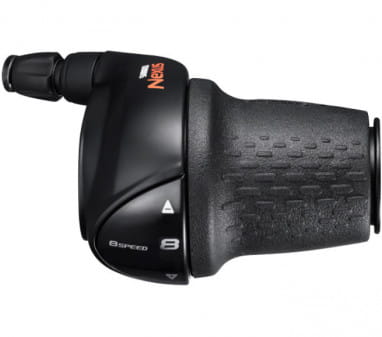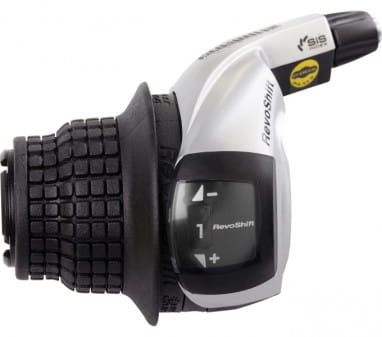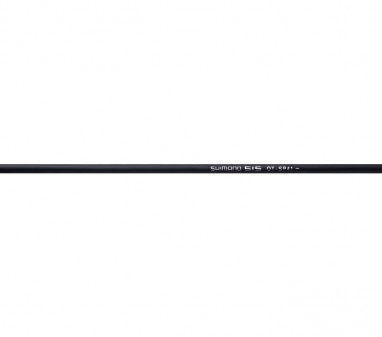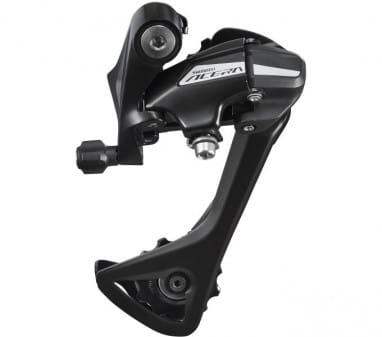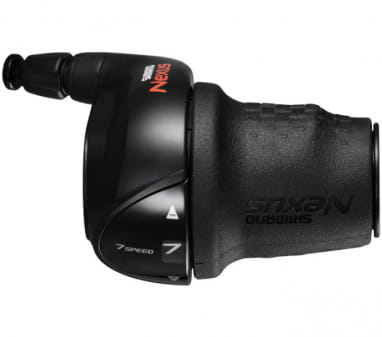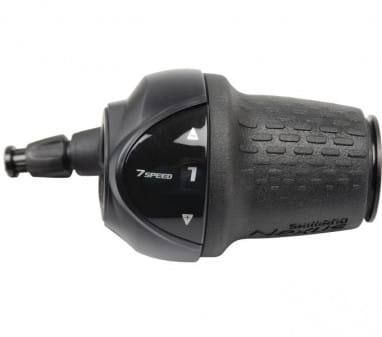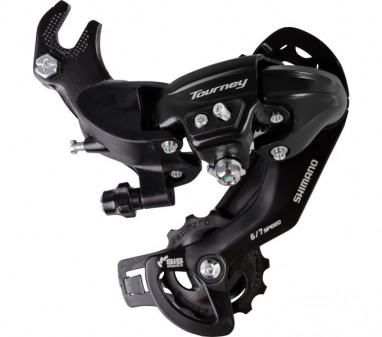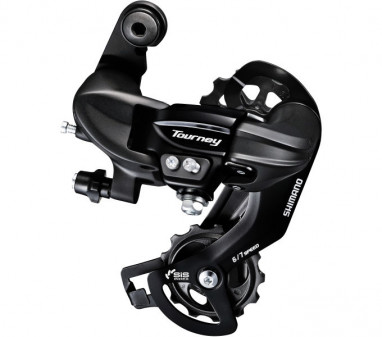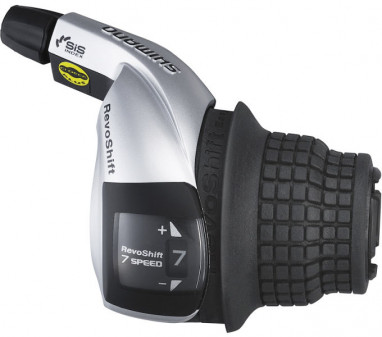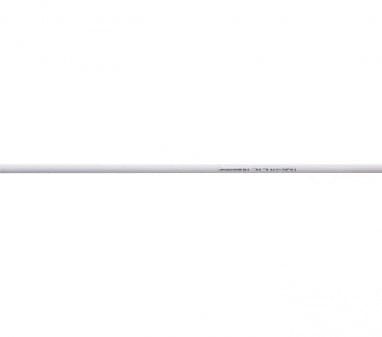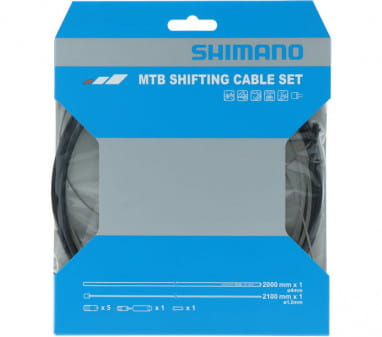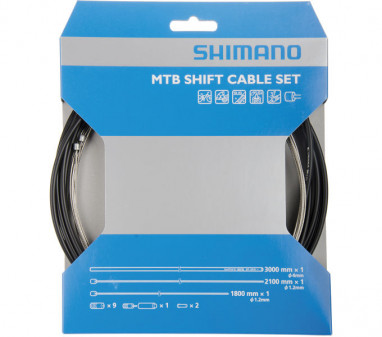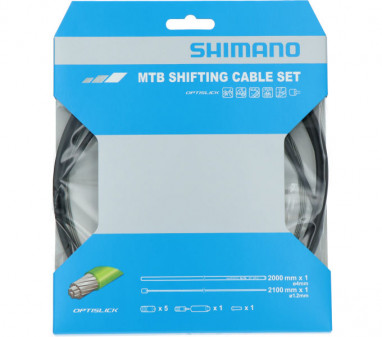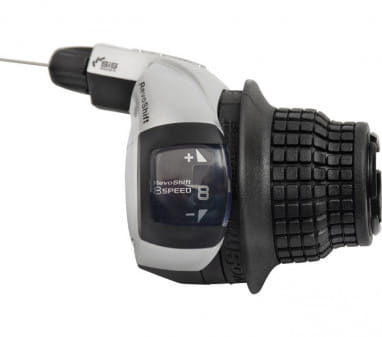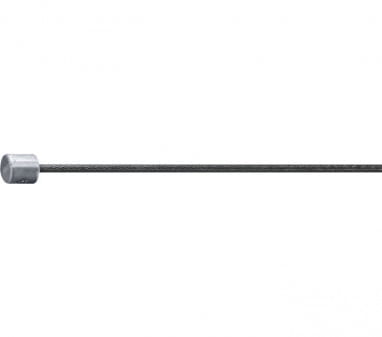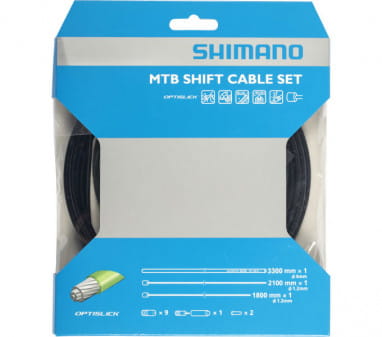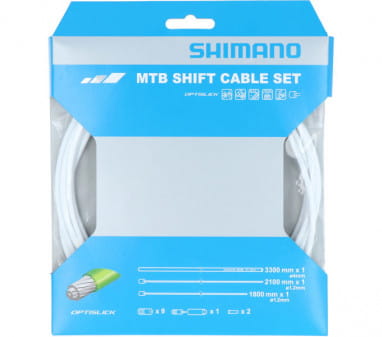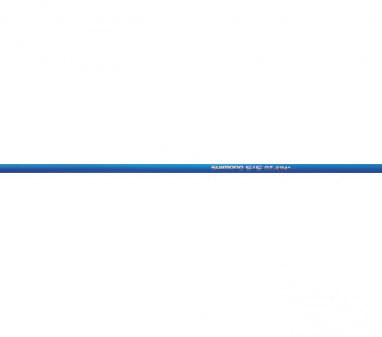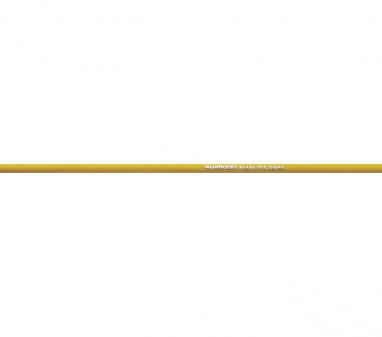At the latest with the 20-inch children's bike, a component comes into play that makes your bike really fun: the gear shift. With the gearshift you adapt your bike to the landscape you are discovering, you can pedal it easier on inclines or get more speed out of your pedaling on flat terrain. Here in the online store we have all the parts you need to give your bike a boost, plus spare parts for popular Shimano, SRAM and Microshift groupsets. And of course a lot of information and background knowledge about the circuit.
.
The bicycle gears offer you an enormously wide range of use when biking. With the ideal gear, you are confident on every terrain, on the flat as well as uphill or downhill. Apart from singlespeed bikes, gears make sense on every MTB. The gearshift on the bike can be realized as derailleur or by means of a gear hub. The derailleur consists mainly of the main components shift lever, derailleur, rear derailleur and cassette sprocket.A gear hub eliminates the need for these components except for the shifter, though depending on the type of bike, a chain tensioner may be required. Whichever type of bicycle shifting system you choose, it is additionally essential to make sure you have a good chain and high-quality shift cables.
The rear derailleur - don't leave precise shifting to chance
An essential component of a bicycle gear system is, unless a gear hub is installed, the rear derailleur. Precise gear changes are not only fun, but also contribute decisively to an efficient drive system. Save yourself the trouble of imprecise gear changes and rattling chains that hurt your ears and unnecessarily cost your nerves! High quality rear derailleurs guarantee perfect gear changes in all riding situations. Uphill as well as downhill the gears have to fit right away! Remember, only those who shift quickly are also fast on the road!
Shifting gears in all gradations
If you already have an existing derailleur, you must of course pay attention to the compatibility. Therefore, we carry in our shop rear derailleurs in various designs from 6/7/8-speed to 11-speed. Thanks to the different cage lengths available in our shop, you can perfectly select the rear derailleur for your bike according to your requirements. Besides the conventional control via a shift cable, electronic shifting is also becoming more and more popular for mountain bikes. The shifting processes are particularly energy-saving and precise with electronic shifting.
Depending on the field of use, we offer you a wide range of first-class shifters in our online shop. You will find reliable rear derailleurs for trekking bikes as well as robust rear derailleurs for MTB hardcore use. Matching each rear derailleur we offer cheap shift levers, front derailleurs and chains in the shop!
What types of derailleurs are there?
Over the years, two main types of circuits have become established on the market, although there are still other concepts as well. In the following section, we want to briefly show you the different possibilities:
chain circuit
The derailleur is certainly the most popular gear type and present across all bicycle classes. Whether city bike, road bike or mountain bike, everywhere this circuit is installed and has different functions and features depending on the design. At the time, a gearshift was considered high quality if it had a large number of gears. This is long gone and it is no longer automatically said that the gearshift with the most gears is the best.
With derailleur gears, the chain always runs over two sprockets. One is attached to the rear hub, the other to the crank. Depending on the size of these two sprockets or chainrings, your derailleur gets a certain gear ratio, which you can of course vary with a gear change. The sprocket on the rear hub usually has between 7 and 11 sprockets. On normal mountain bikes the crank usually has 2 to 3 chainrings. Here you will also find two shift levers on the handlebars, with which you can change the gears of your chainrings and sprockets via corresponding shift cables. This gives you a high degree of flexibility, as your gear ratio can be adapted perfectly to the conditions of the track. A disadvantage is that the chain tension is relatively low and the chain can fall off faster on bumpy trails. The installation of a chain guide is much more complicated than on a mountain bike with only one chainring in the front.
In modern enduro and all-mountain bikes, only one front chainring is used more and more often. In such a mountain bike, the manufacturers then rely on a sprocket set with 11 sprockets, so that even on the handlebars only one gear lever is necessary. In addition, with such drives, the chain and teeth of the sprockets are meticulously matched to each other and hold together. Combined with a very high tension of the rear derailleur, a chain guide can thus be dispensed with in rough enduro and all-mountain use. Thanks to a good gear ratio, you as a rider still get enough possibilities to accelerate everywhere from hard uphill to crisp downhill. A big advantage of this bike shifting system is that it is very easy to handle and you cannot shift gears, for example. In addition, the wear is minimized by the good coordination of the chain and the teeth of the sprockets. Such drives are available, for example, from Sram and Shimano.
On downhill bikes, the front chainring is always combined with a chain guide so that the chain cannot jump off under any circumstances. At the rear wheel hub then even often only 7 sprockets are used, because with such a bike in no case must be driven uphill.
Generally a derailleur is a bit more sensitive and maintenance-intensive than for example a hub gear, nevertheless the derailleur is clearly the measure of all things if you are looking for a new gear for your mountain bike.
Hub gears
Hub gears are mainly used in city and touring bikes. For this circuit, a type of gear is built into the rear wheel or its hub. Normally there are between three and eight gears available. In special cases (e.g. with a Rohloff hub gear) there can be up to twelve gears. There are hub gears with and without coaster. Mostly they are controlled by a twist grip shifter on the handlebar. The chain of a hub gear only moves over two chainrings or sprockets, one at the front and one at the back. This means that there is no possibility of the chain coming off and it is also easy to fit a chain case. This way you not only protect the chain from dirt, but also your own clothes from oil stains.
Gear shifting
A slightly more exotic type of shifting is the geared shift. Here, a gearbox is installed in the bottom bracket area of the bike, like in a car, which is in an oil bath. This is extremely low-maintenance, effective and noiseless. This type of gear is mostly used on mountain bikes, but even here it is rather rare. A well-known manufacturer of these systems is called "Pinion" and is considered a pioneer in this segment.
Which gear type is suitable for which purpose?
Not every bicycle gearshift is suitable for every purpose, so you should pay close attention to what you intend to do when choosing the gearshift for your bike. For a mountain bike, derailleur gears are usually the right choice. For normal mountain bikes, a gear system with 2 to 3 chainrings in the front and 7 to 10 in the rear makes sense. If you want to ride enduro or all-mountain bikes, you can also consider a 1 x 11 drive. A classic hub gear makes no sense at this point, unless you decide on a special hub gear like the one from Rohloff. This is specially designed for gravity use and therefore much more robust than a normal 8-speed hub gear. The last alternative for mountain bikes is a gearbox, for example from Pinion. However, these drives cannot be retrofitted and must already be built into a bike out of the box. They are also very expensive.
A hub gear in the classic sense is ideal for city or trekking bikes, with which you do not ride enormous climbs. However, they are ideal for riding in the city or in the countryside. They are very low-maintenance and reliable, but don't offer such a huge gear range, so it can get too tiring on long and steep climbs. The hub gears can also make sense for unsure riders, because in a variant with coaster, this allows for three different brakes on the bike.
Are there alternatives to mechanical gears?
Electric shifting units are the alternative to mechanical systems and currently on the rise. From the two big top dogs Sram and Shimano there are different concepts, some of which even manage without cables. Many bike manufacturers already offer frames for this type of gear shifting, where the corresponding batteries or cables can be hidden inside. This not only looks great, but also minimizes the possibility of a defect. The big advantage of an electric shifting system is the almost powerless gear change as well as extremely precise shifting processes, which can be adjusted by computer. In addition, with a two- or three-speed drivetrain, you can decide for yourself which shift lever on the handlebars should be responsible for the front or rear.
Depending on the field of use, we offer you a wide range of first-class shifters in our online shop. You will find reliable rear derailleurs for trekking bikes as well as robust rear derailleurs for MTB hardcore use. To match every rear derailleur, we offer cheap shift levers, front derailleurs and chains in our shop. We also offer free shipping for orders over 99 Euros.
